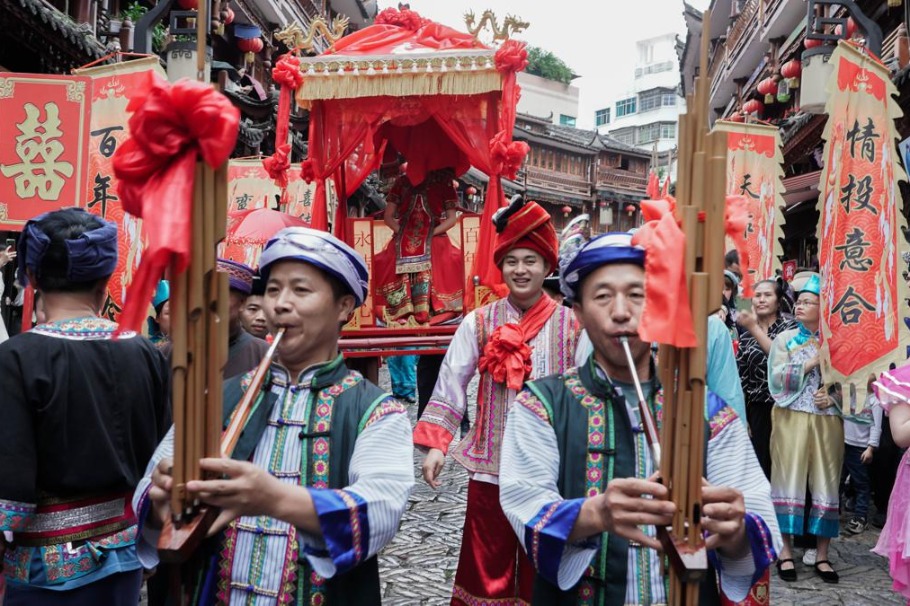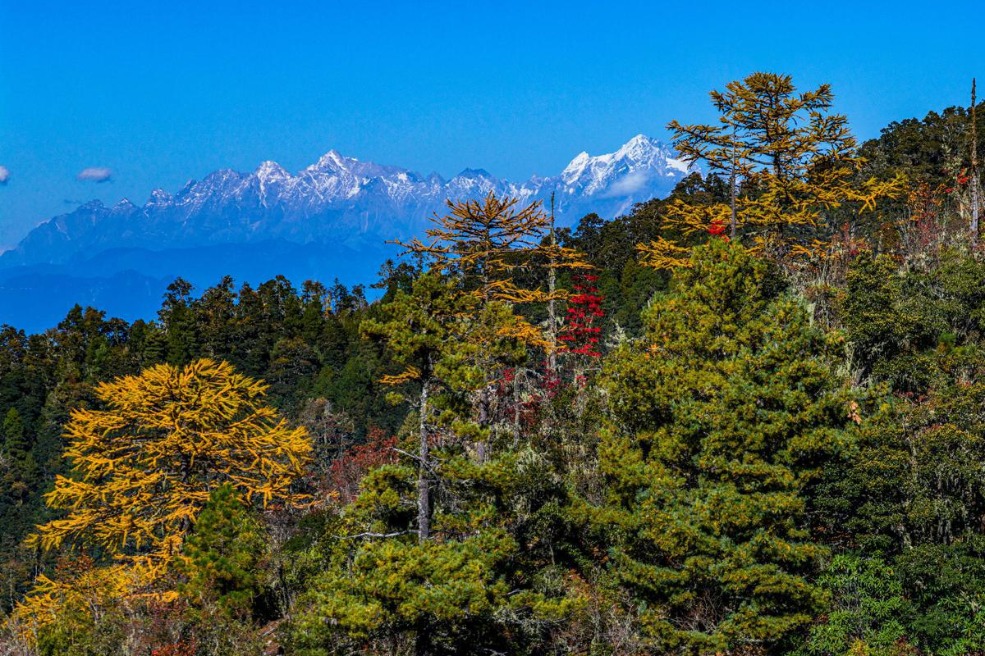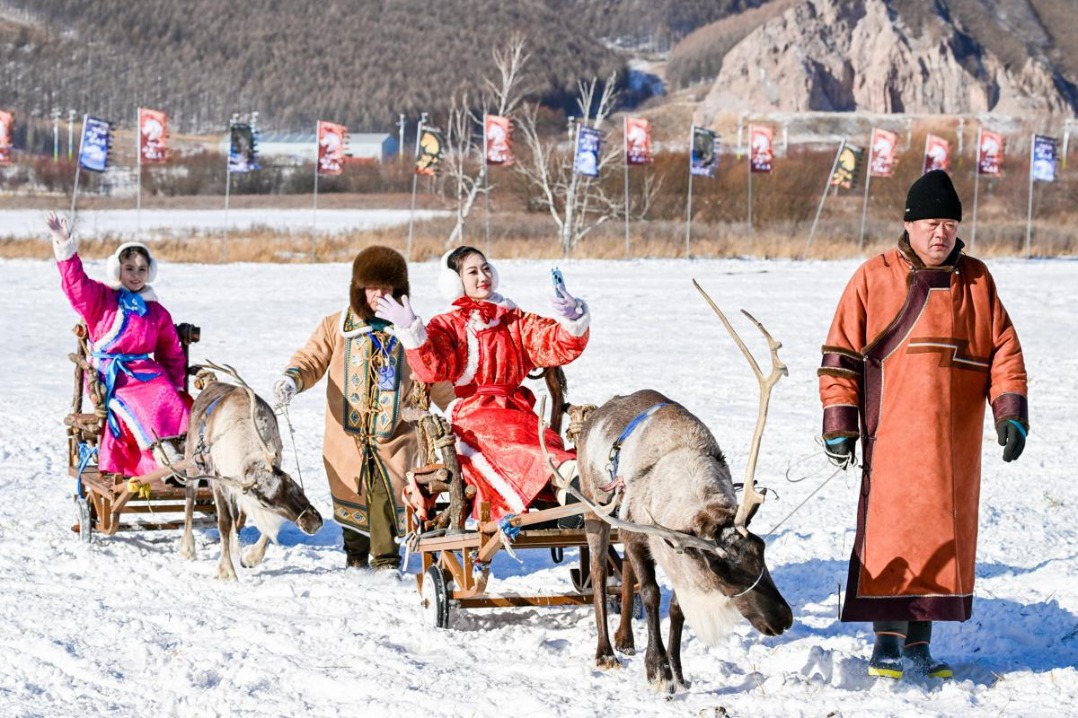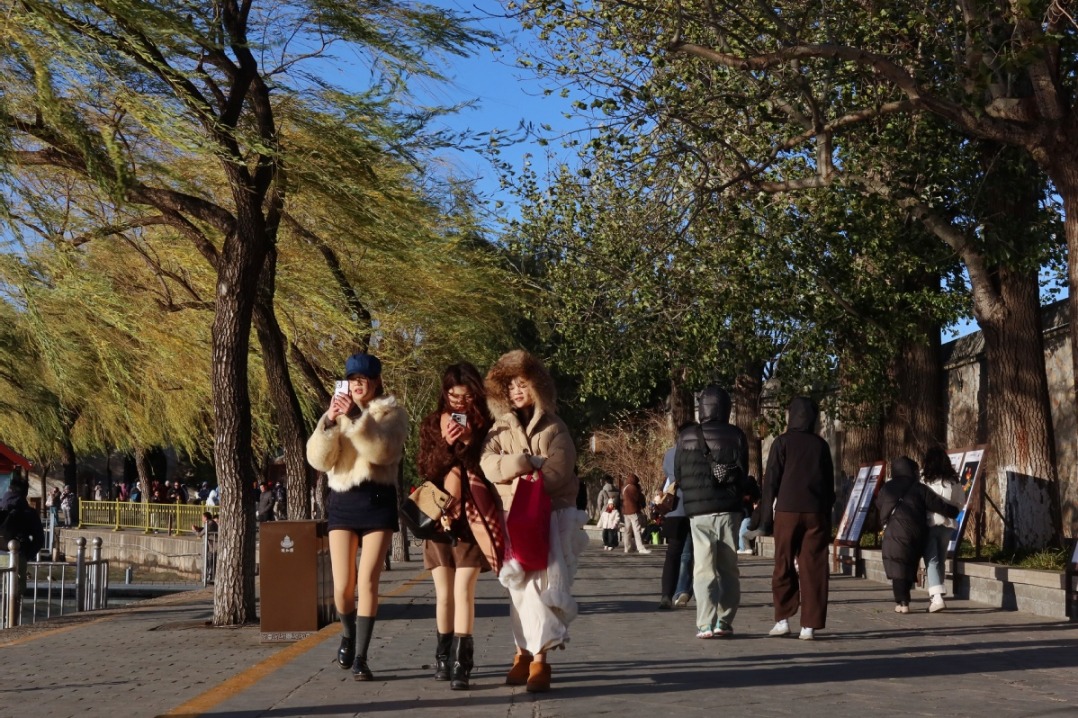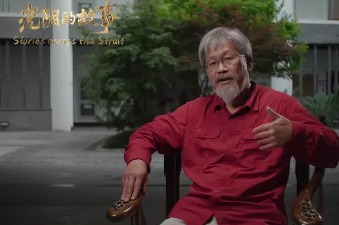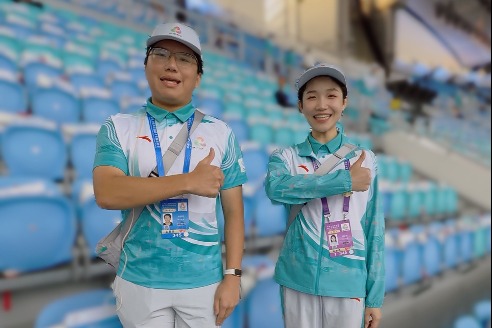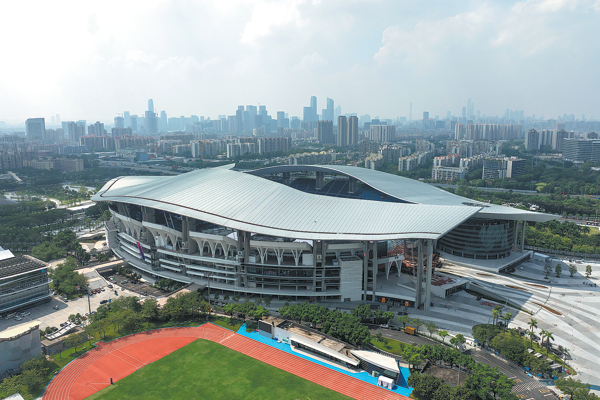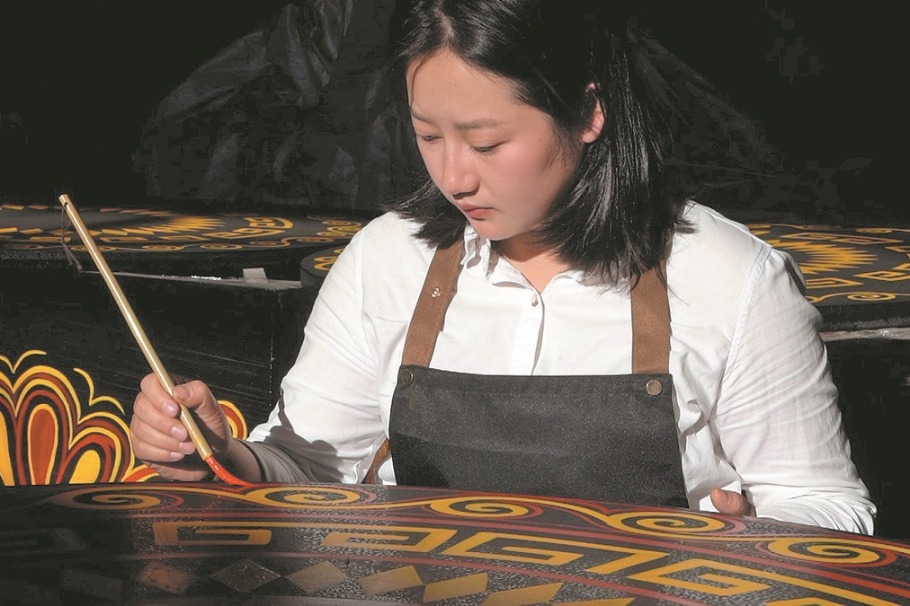How violence has disrupted Hong Kong over last 2 months

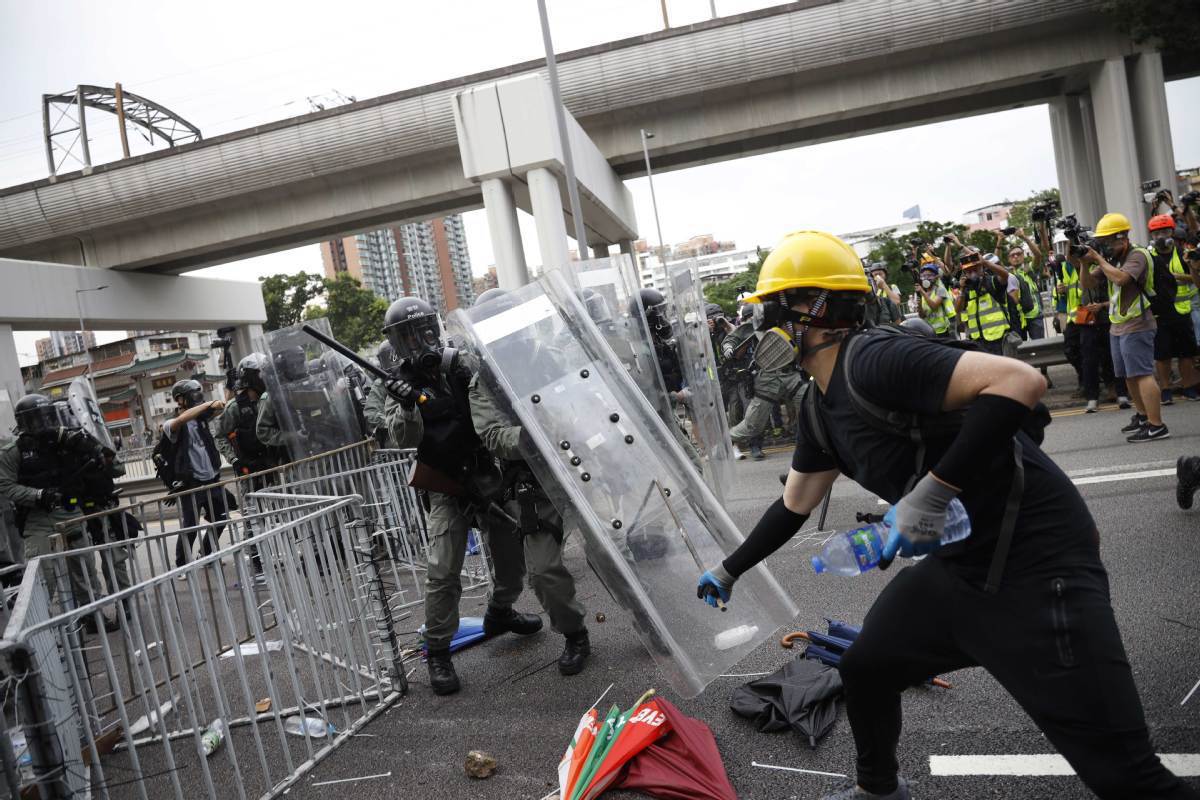
HONG KONG - Starting from June, Hong Kong's opposition and some radical forces have used the pretext of peaceful demonstration to engage in violent protests.
Though the Hong Kong Special Administrative Region (HKSAR) government said, on many occasions, that it has completely halted the amendments of two ordinances concerning the transfer of fugitive offenders, protesters continued to escalate violence and cause mayhem in Hong Kong.
Here is a timeline of these violent activities that are aimed to trample the rule of law, sabotage social order, undermine national sovereignty and the "one country, two systems" principle.
CHALLENGING GOVERNANCE AUTHORITY
The demonstrations, which started in June, repeatedly became violent clashes under the instigation of individuals with ulterior motives. Some radicals repeatedly mounted attacks on police. They surrounded Hong Kong police headquarters, disrupted government agencies and ransacked the Legislative Council (LegCo) building.
-- On June 9, demonstrators started to protest against the proposed amendments. In the wee hours of June 10, well-organized radical protesters started attacking the LegCo building, blocking roads and assaulting police officers. They clashed with police, with some attempting to rob officers of their guns. Eight policemen were injured.
-- On June 12, an illegal rally started around Admiralty, and some radical members stayed around the LegCo building until midnight. Well-organized protesters assaulted officers with bricks, home-made spears and even petrol bombs, injuring 22 police officers. Though police exercised restraint, the protesters continually assaulted their line of defense and forced police to use appropriate force to disperse demonstrators.
-- On June 21, even after the HKSAR government announced that it had halted the amendments, violence continued. Extremist protesters surrounded police headquarters and wreaked havoc, and blocked the public from using service at the Revenue Tower and the Immigration Tower. Then they blocked Hong Kong government offices and the High Court.
-- On June 26, a few 'fanatics' instigated demonstrators to storm police headquarters for the second time. They repeated similar savage behaviors. Opposition lawmakers were once again present to provide support. The personal data of some police officers was illegally leaked online.
-- On July 1, rioters blocked roads and threw corrosive liquids at police officers. They ransacked the LegCo building and assailed police with toxic chemical powder. They extensively damaged the council chamber, defaced HKSAR regional emblem, tore up the Basic Law, waved a colonial-era flag and even called for an establishment of a so-called "interim government".
DISTURBING SOCIAL ORDER
Hong Kong's social disorder worsened in July, as aggressive members unlawfully assembled or launched more demonstrations in various districts of Hong Kong. Violence spread further, affecting the normal lives of more residents.
-- On July 6, disputes broke out in Tuen Mun district between protesters and residents. Residents were besieged, beaten and kicked by radicals. Protesters occupied roads and sieged Tuen Mun police station.
-- On July 7, protesters organized another demonstration in Kowloon, leading to a 50-percent plunge in passengers through West Kowloon high-speed train station, compared with an average weekend. Only 31,000 passengers traveled through the station on that day. After the demonstration, some radical protesters illegally blocked roads in Tsim Sha Tsui, forcing most shops to close early in the once trendy shopping area.
-- On July 13, a demonstration in Sheung Shui district ended with violent clashes with the police. A few radical protesters dismantled iron bars, blocked main roads, beat and attacked police officers with umbrellas, iron bars, suspected toxic powders and corrosive liquids. At least 16 police officers were injured. At night, the radical members continued to sabotage stores in the district. The police then launched a clearance operation in accordance with the law.
-- On July 14, some radical protesters removed the roadside fence in Sha Tin district to block roads, sharpened bamboo branches as weapons, hurled bricks, umbrellas and other debris at police officers from high buildings. Fierce clashes broke out at New Town Plaza, injuring at least 10 police officers. An officer in plain clothes was attacked by a mob. Some officers were left with facial fractures. One police officer's finger was bitten off.
-- On July 27, though the Hong Kong police had issued a notice of objection, some people assembled illegally at the Yuen Long district. A group of radical protesters illegally cut off traffic, sieged police vehicles, smashed car windows and smeared cars with insulting words. Police officers were deployed at the village entrances to prevent conflicts between protesters and villagers. Several radical protesters also sieged the Yuen Long police station, forcing the report room to suspend service. Opposition lawmakers were once again present to support the violent acts.
-- On July 28, a number of radical protesters carried out illegal demonstrations in the central and western parts of Hong Kong Island, seriously hindering traffic. They dug up pavement bricks, destroyed street signs and lampposts, set fires on multiple roads and charged police lines. Violence again escalated, as some people carried lethal weapons such as bows and arrows and petrol bombs.
UNDERMINING "ONE COUNTRY, TWO SYSTEMS" PRINCIPLE
A group of extreme radicals stormed the offices of the Central Government in Hong Kong, insulted the national emblem and flag of China, undermined national sovereignty and dignity and the "one country, two systems" principle.
-- On July 21, radical protesters besieged and attacked the Liaison Office of the Central People's Government, defaced the national emblem in front of the building by hurling eggs and black paintballs, damaged security facilities and scrawled graffiti insulting the nation.
They even raved about forming an "interim legislature" in a statement read out on the scene.
-- On July 28 and Aug 4, some radical protesters mounted more attacks at the liaison office but were thwarted by riot police.
-- On Aug 3 and on Aug 5, black-clad and masked extreme radicals twice ripped the Chinese national flag off the pole in Tsim Sha Tsui, flung it into the sea, in clear defiance of national sovereignty.
On July 26, police arrested a suspect on suspicion of desecrating the national emblem.
















